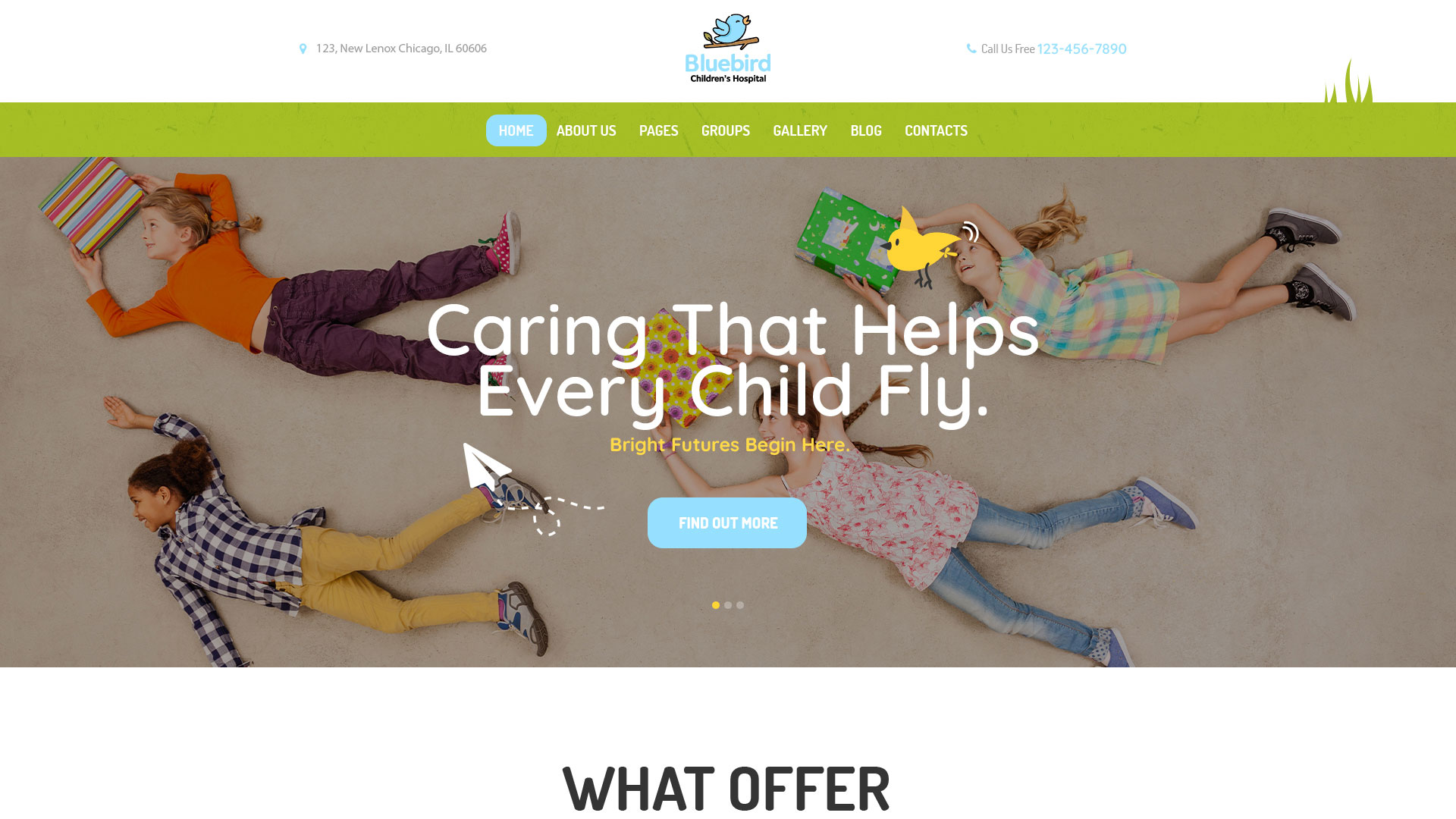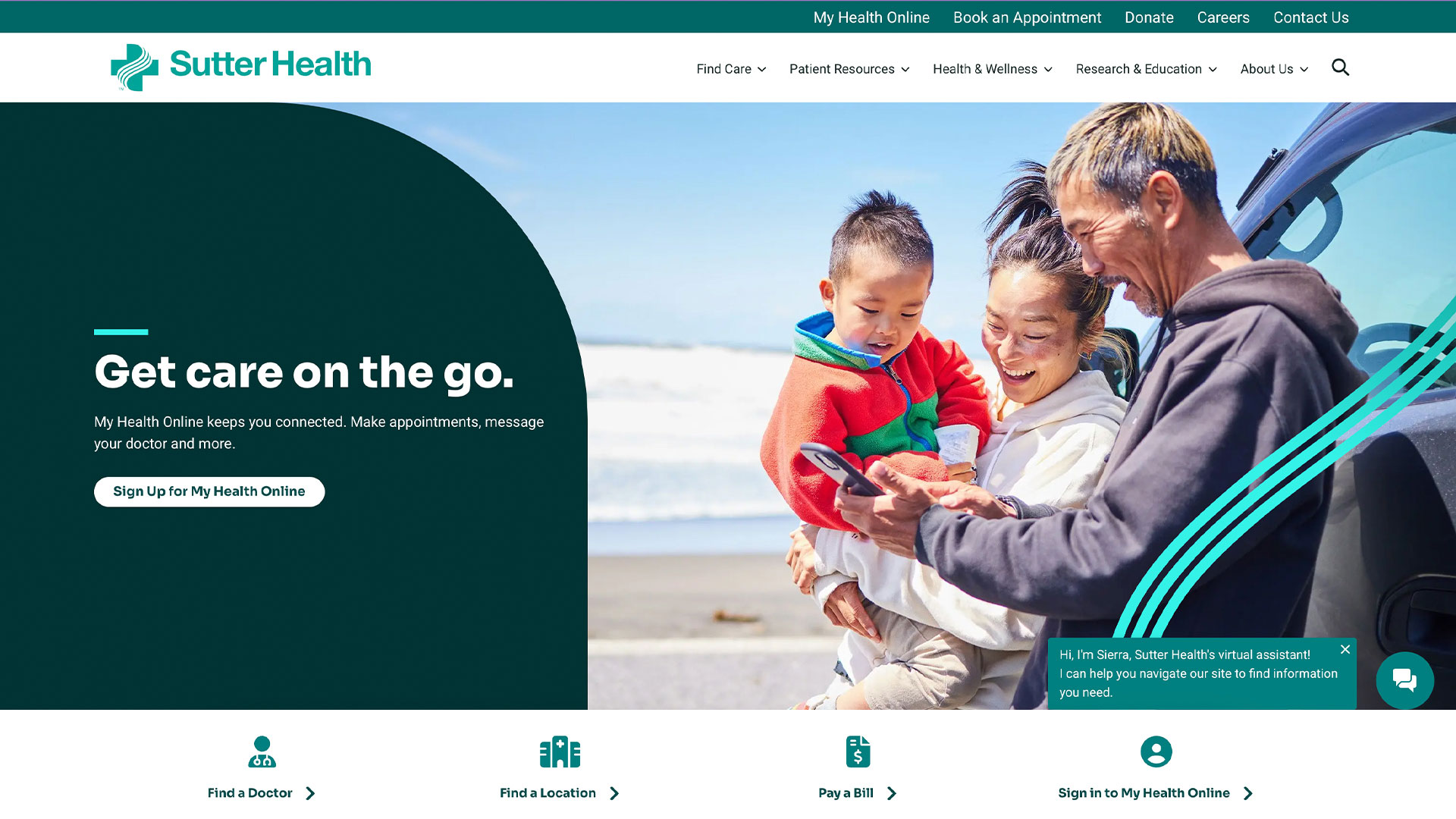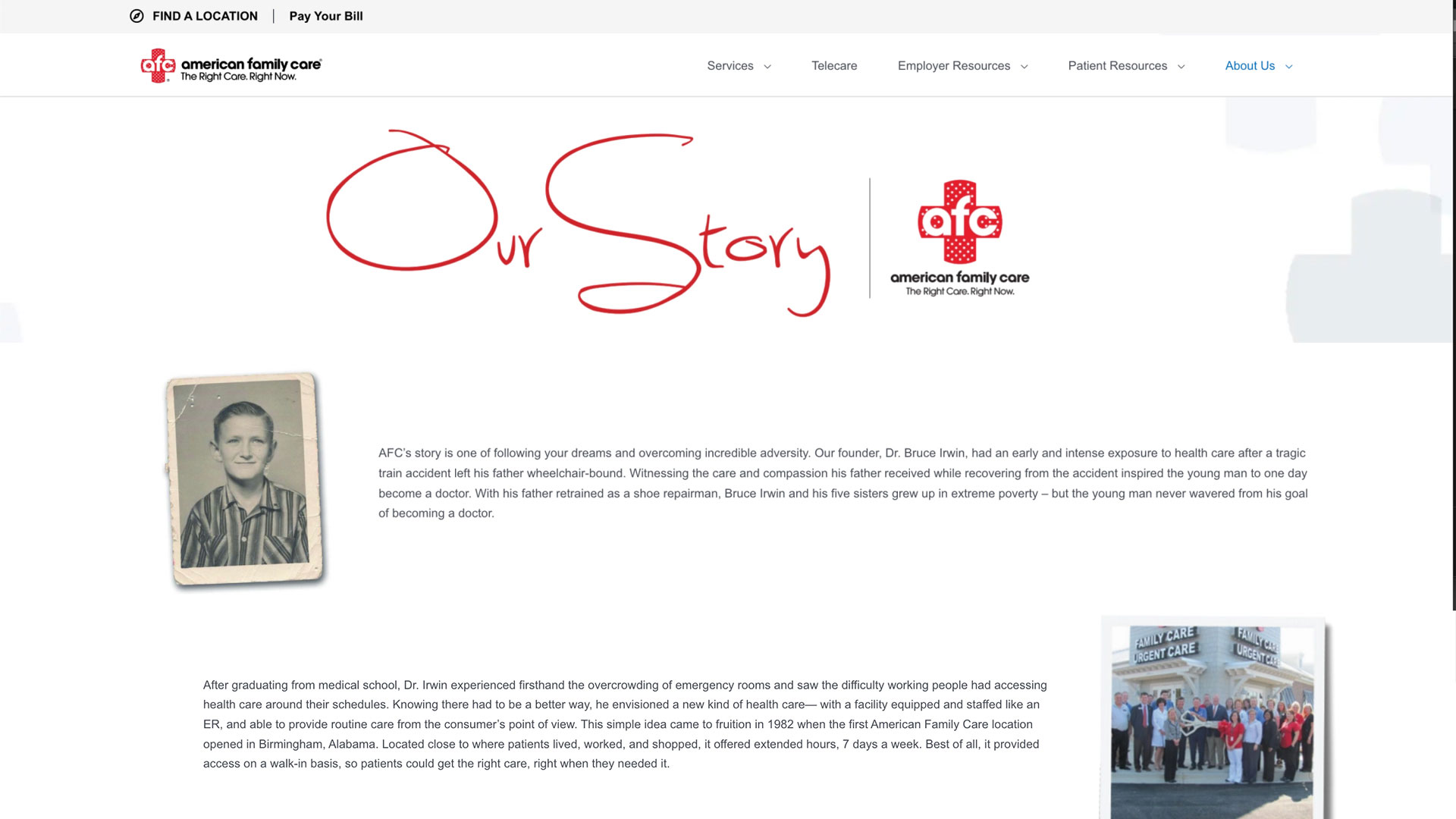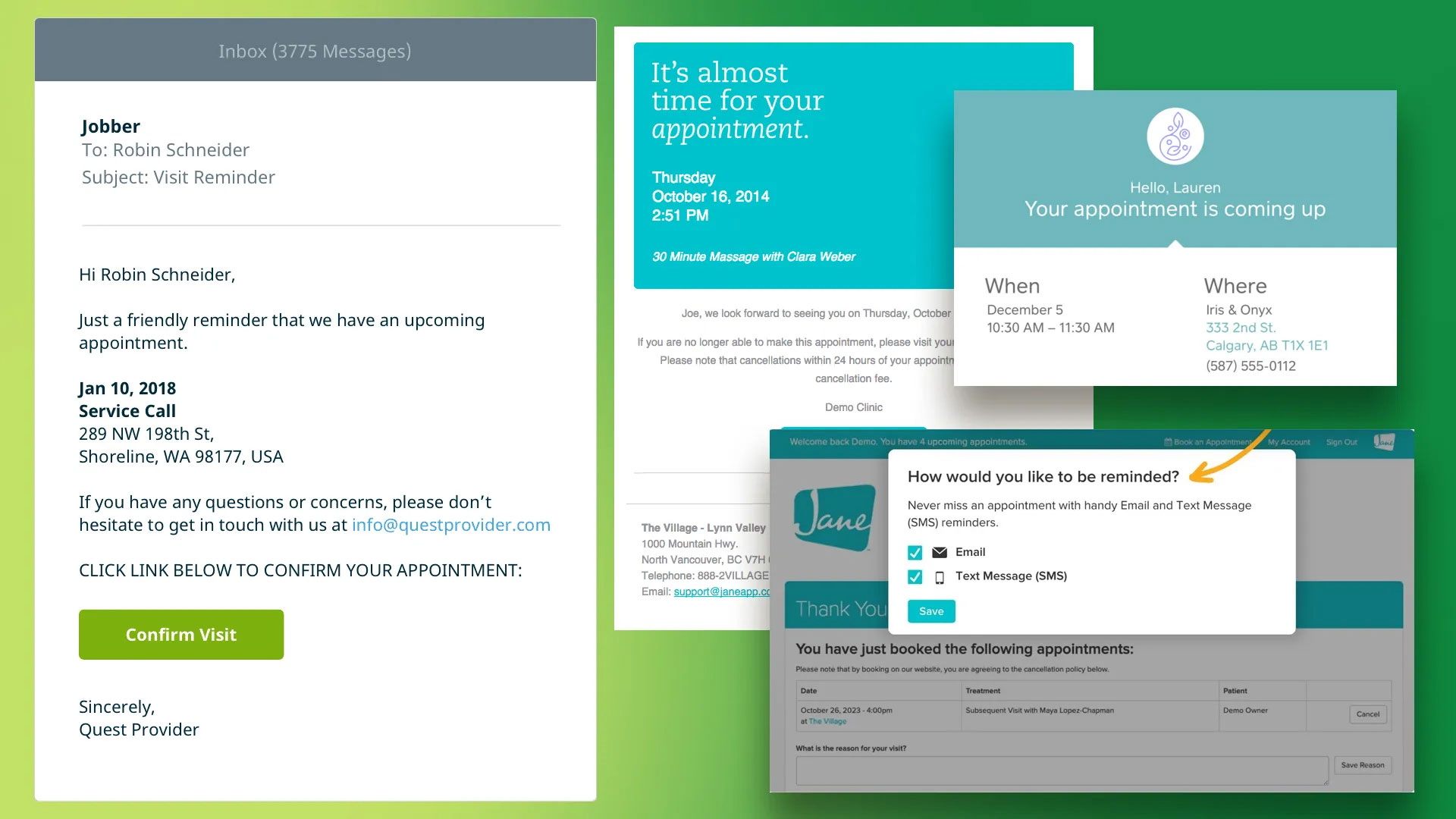
In healthcare, trust isn’t just a marketing buzzword—it’s a make-or-break factor that determines whether a patient chooses you, stays with you, and refers others to your care. In an era where patients have more choices, more information, and more skepticism than ever before, building a trustworthy healthcare brand is essential.
But trust doesn’t happen by accident.
It’s built intentionally—through every interaction, every word, and every visual element of your brand. From your website to your waiting room, every patient touchpoint either strengthens your credibility or chips away at it.
In this article, we break down the five essential elements of a healthcare brand that builds trust, so your organization can stand out, resonate with the right patients, and inspire long-term loyalty.

Your mission isn’t just a line on your website—it’s the heart of your brand. It tells patients why you exist, what drives you, and how you plan to improve their lives. A clear, compelling mission communicates your values and humanizes your organization. It shows that you’re not just about services—you’re about service to people.
How to implement:
Example: A pediatric clinic’s mission to “make every child feel safe, seen, and supported” gives parents a reason to choose that clinic over a generic alternative.

Visual consistency builds recognition. Emotional consistency builds trust. Your logo, colors, photography, typography, and tone of voice must align to form a cohesive, memorable identity that patients recognize and feel connected to. Patients form first impressions within seconds. A clean, professional, and human-centered identity creates immediate credibility.
How to implement:
Example: A women’s health practice using soft, calming colors and warm, inclusive messaging reinforces their commitment to compassionate care.

Patients trust people—not faceless organizations. Your brand story is your opportunity to introduce the human side of your business: the people, purpose, and passion behind your work.
Stories create emotional connection. A strong brand story makes your mission tangible and relatable, especially when it highlights your journey, values, and the difference you make in patients’ lives.
How to implement:
Example: A family-run urgent care center sharing how it started after the founder struggled to find after-hours care for her child builds immediate relatability and trust.

In healthcare, your reputation precedes you. Patient reviews, testimonials, and community involvement validate your claims and show that real people trust you. According to industry research, 84% of patients read online reviews before choosing a provider. Seeing others’ positive experiences builds instant credibility.
How to implement:
Example: An orthopedic practice featuring a “Patient of the Month” story with before-and-after mobility outcomes adds both emotional impact and legitimacy.

Your brand isn’t just what you say—it’s what patients feel. From your website to your front desk to your follow-up emails, the experience should feel easy, clear, and caring. When patients feel seen, supported, and cared for at every step, it reinforces everything your brand promises—and builds long-term loyalty.
How to implement:
Example: A clinic that follows up with a personalized email after each visit and offers flexible scheduling shows patients they are more than just a number.
In a competitive and rapidly evolving healthcare landscape, building trust isn’t optional—it’s your greatest advantage. Patients will gravitate toward brands that feel familiar, values-driven, and reliable. And those brands are built intentionally.
By integrating these five core elements—mission, identity, storytelling, social proof, and experience—you’ll create a brand that does more than attract attention. You’ll create one that earns loyalty and inspires advocacy.
Remember: Trust isn’t built through a logo—it’s built through consistency, clarity, and care.

We’re thrilled to have you at Design Hiro, branding is about more than a logo—it’s creating an experience that keeps guests coming back. Whether you’re launching or refining your brand, we’re here to help you stand out and build lasting loyalty. Let’s make your brand unforgettable!
SCHEDULE A CALL TODAY!
In healthcare, trust isn’t just a marketing buzzword—it’s a make-or-break factor that determines whether a patient chooses you, stays with you, and refers others to your care. In an era where patients have more choices, more information, and more skepticism than ever before, building a trustworthy healthcare brand is essential.
But trust doesn’t happen by accident.
It’s built intentionally—through every interaction, every word, and every visual element of your brand. From your website to your waiting room, every patient touchpoint either strengthens your credibility or chips away at it.
In this article, we break down the five essential elements of a healthcare brand that builds trust, so your organization can stand out, resonate with the right patients, and inspire long-term loyalty.

Your mission isn’t just a line on your website—it’s the heart of your brand. It tells patients why you exist, what drives you, and how you plan to improve their lives. A clear, compelling mission communicates your values and humanizes your organization. It shows that you’re not just about services—you’re about service to people.
How to implement:
Example: A pediatric clinic’s mission to “make every child feel safe, seen, and supported” gives parents a reason to choose that clinic over a generic alternative.

Visual consistency builds recognition. Emotional consistency builds trust. Your logo, colors, photography, typography, and tone of voice must align to form a cohesive, memorable identity that patients recognize and feel connected to. Patients form first impressions within seconds. A clean, professional, and human-centered identity creates immediate credibility.
How to implement:
Example: A women’s health practice using soft, calming colors and warm, inclusive messaging reinforces their commitment to compassionate care.

Patients trust people—not faceless organizations. Your brand story is your opportunity to introduce the human side of your business: the people, purpose, and passion behind your work.
Stories create emotional connection. A strong brand story makes your mission tangible and relatable, especially when it highlights your journey, values, and the difference you make in patients’ lives.
How to implement:
Example: A family-run urgent care center sharing how it started after the founder struggled to find after-hours care for her child builds immediate relatability and trust.

In healthcare, your reputation precedes you. Patient reviews, testimonials, and community involvement validate your claims and show that real people trust you. According to industry research, 84% of patients read online reviews before choosing a provider. Seeing others’ positive experiences builds instant credibility.
How to implement:
Example: An orthopedic practice featuring a “Patient of the Month” story with before-and-after mobility outcomes adds both emotional impact and legitimacy.

Your brand isn’t just what you say—it’s what patients feel. From your website to your front desk to your follow-up emails, the experience should feel easy, clear, and caring. When patients feel seen, supported, and cared for at every step, it reinforces everything your brand promises—and builds long-term loyalty.
How to implement:
Example: A clinic that follows up with a personalized email after each visit and offers flexible scheduling shows patients they are more than just a number.
In a competitive and rapidly evolving healthcare landscape, building trust isn’t optional—it’s your greatest advantage. Patients will gravitate toward brands that feel familiar, values-driven, and reliable. And those brands are built intentionally.
By integrating these five core elements—mission, identity, storytelling, social proof, and experience—you’ll create a brand that does more than attract attention. You’ll create one that earns loyalty and inspires advocacy.
Remember: Trust isn’t built through a logo—it’s built through consistency, clarity, and care.

We’re thrilled to have you at Design Hiro, branding is about more than a logo—it’s creating an experience that keeps guests coming back. Whether you’re launching or refining your brand, we’re here to help you stand out and build lasting loyalty. Let’s make your brand unforgettable!
SCHEDULE A CALL TODAY!